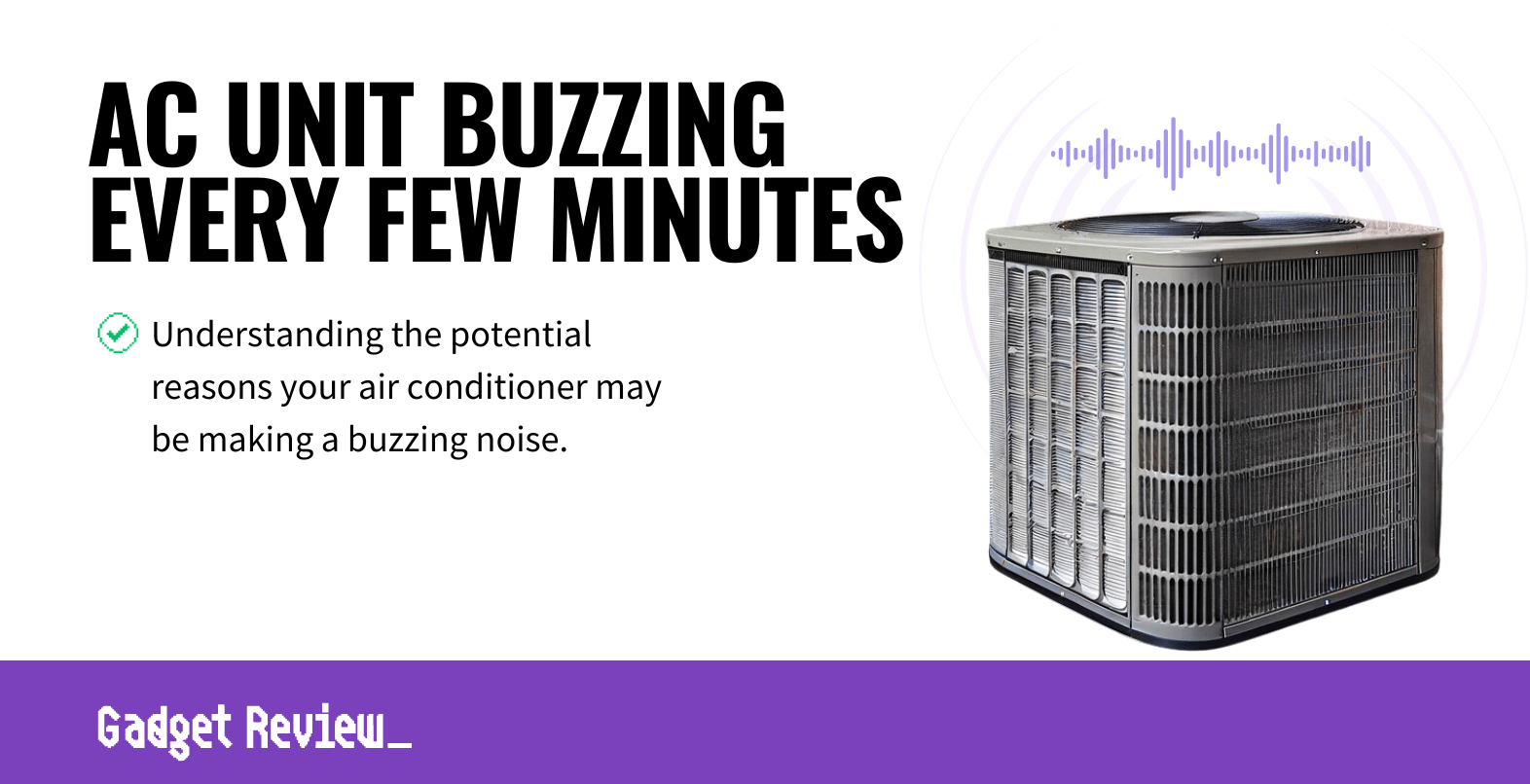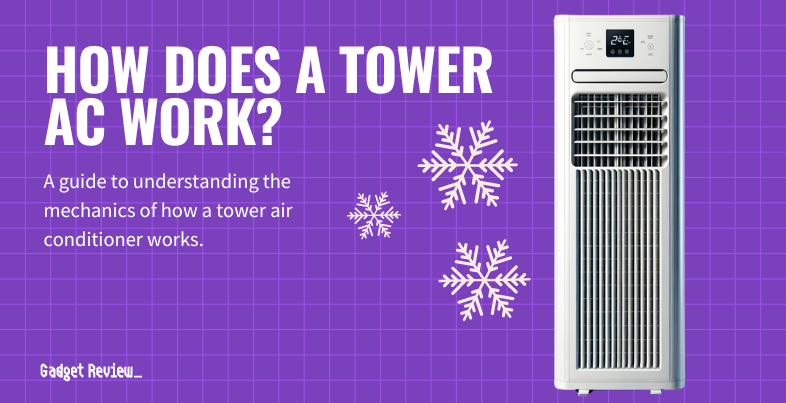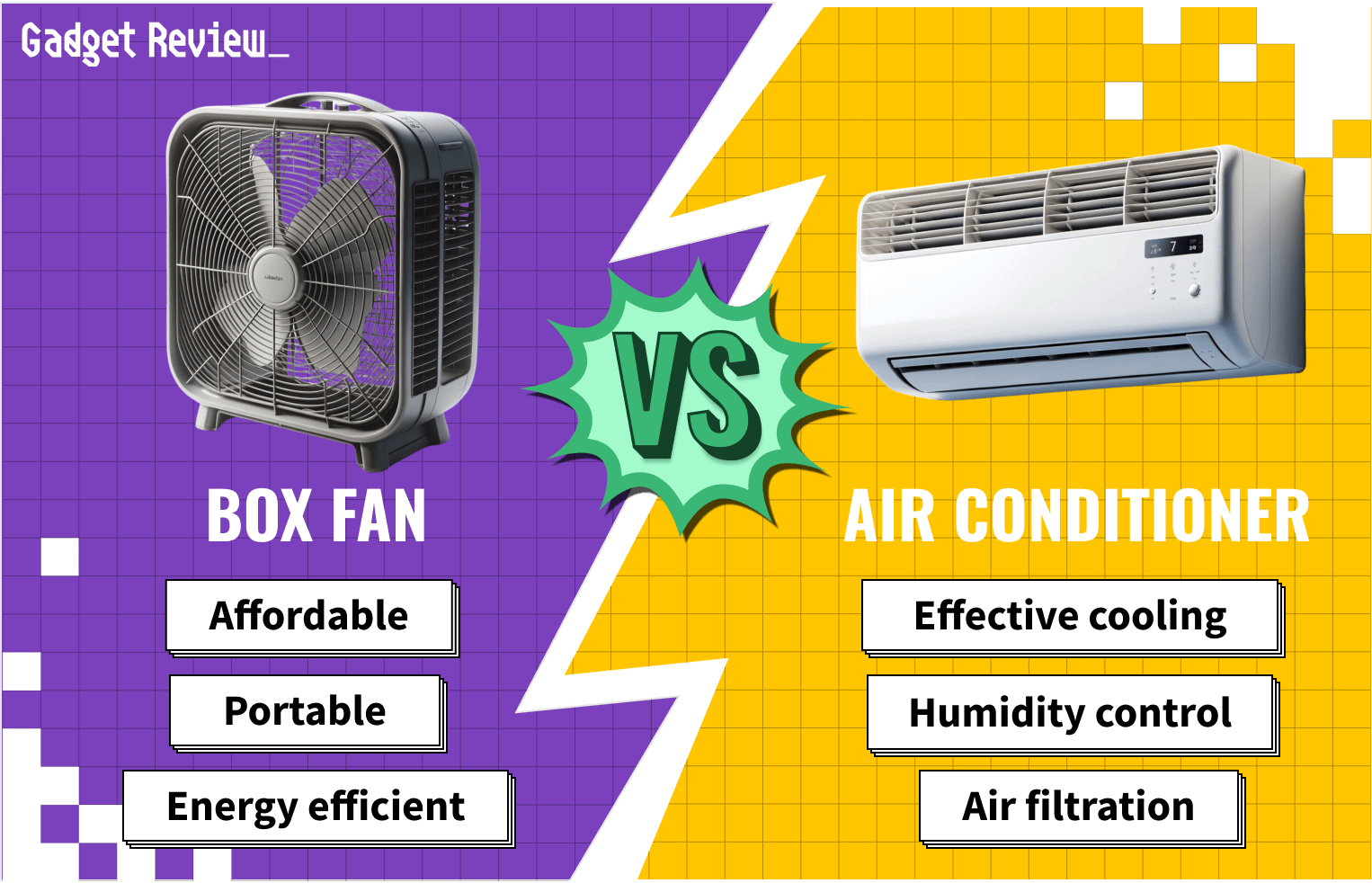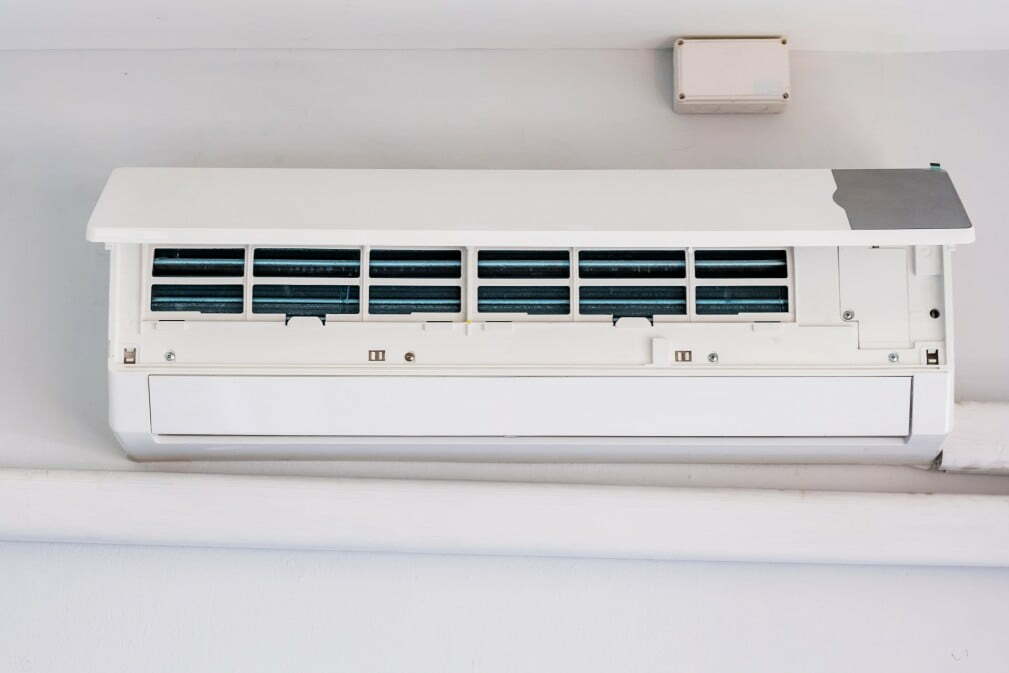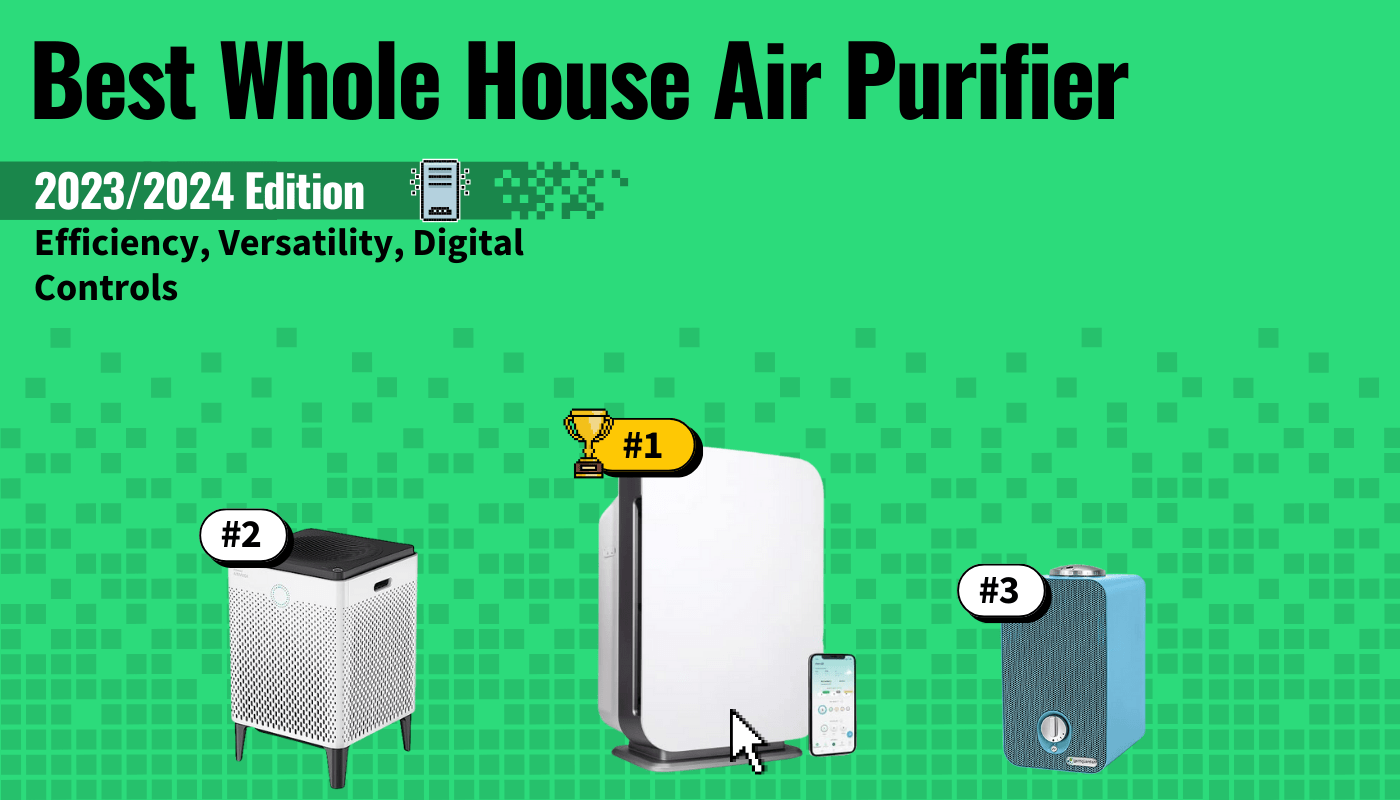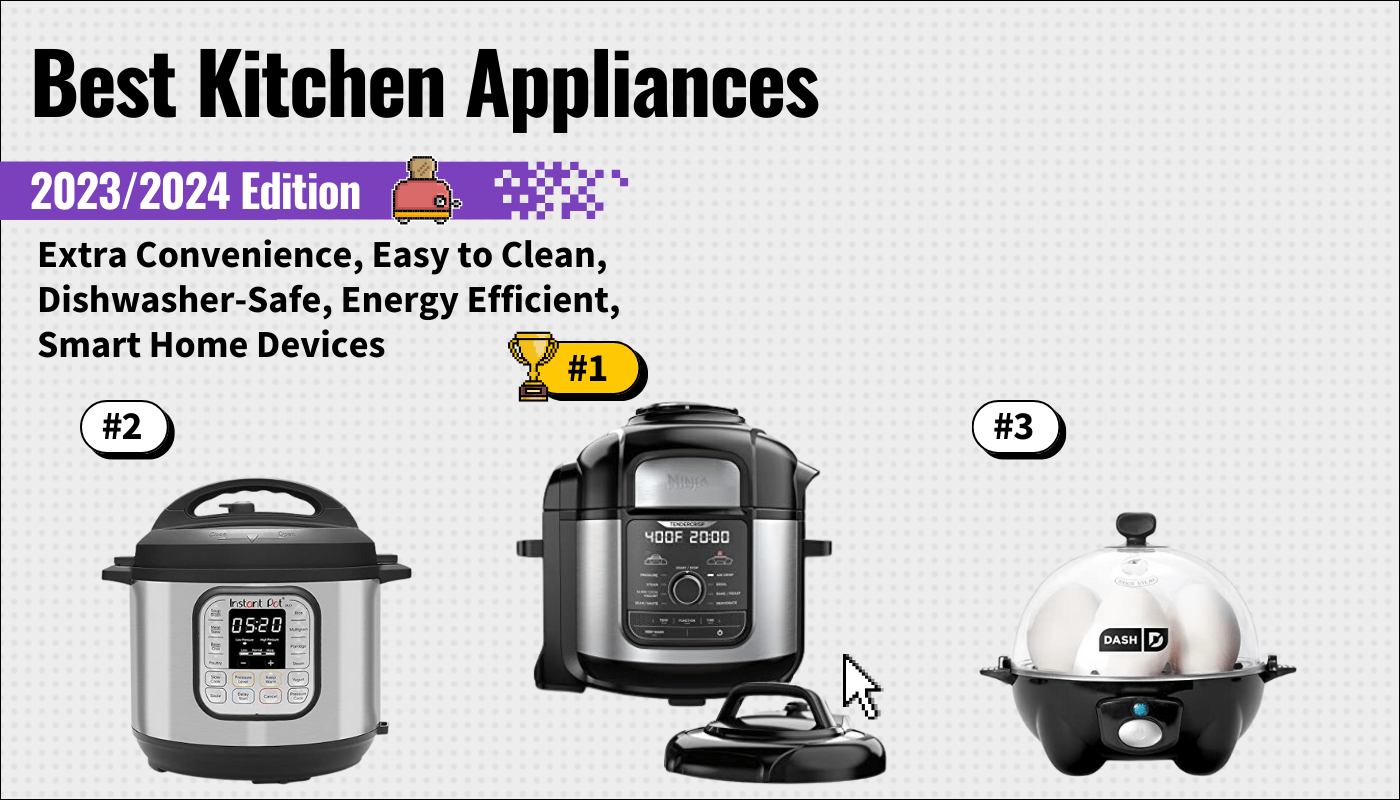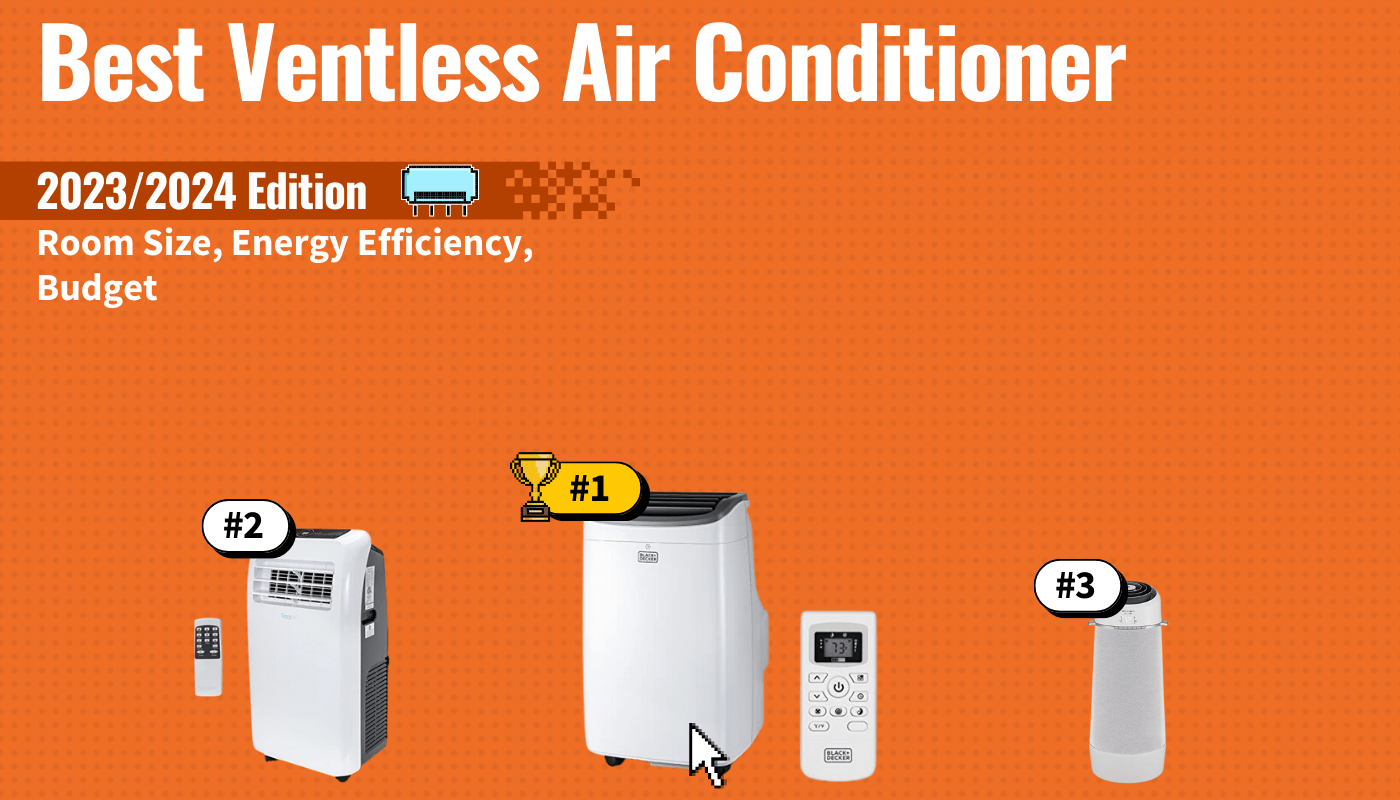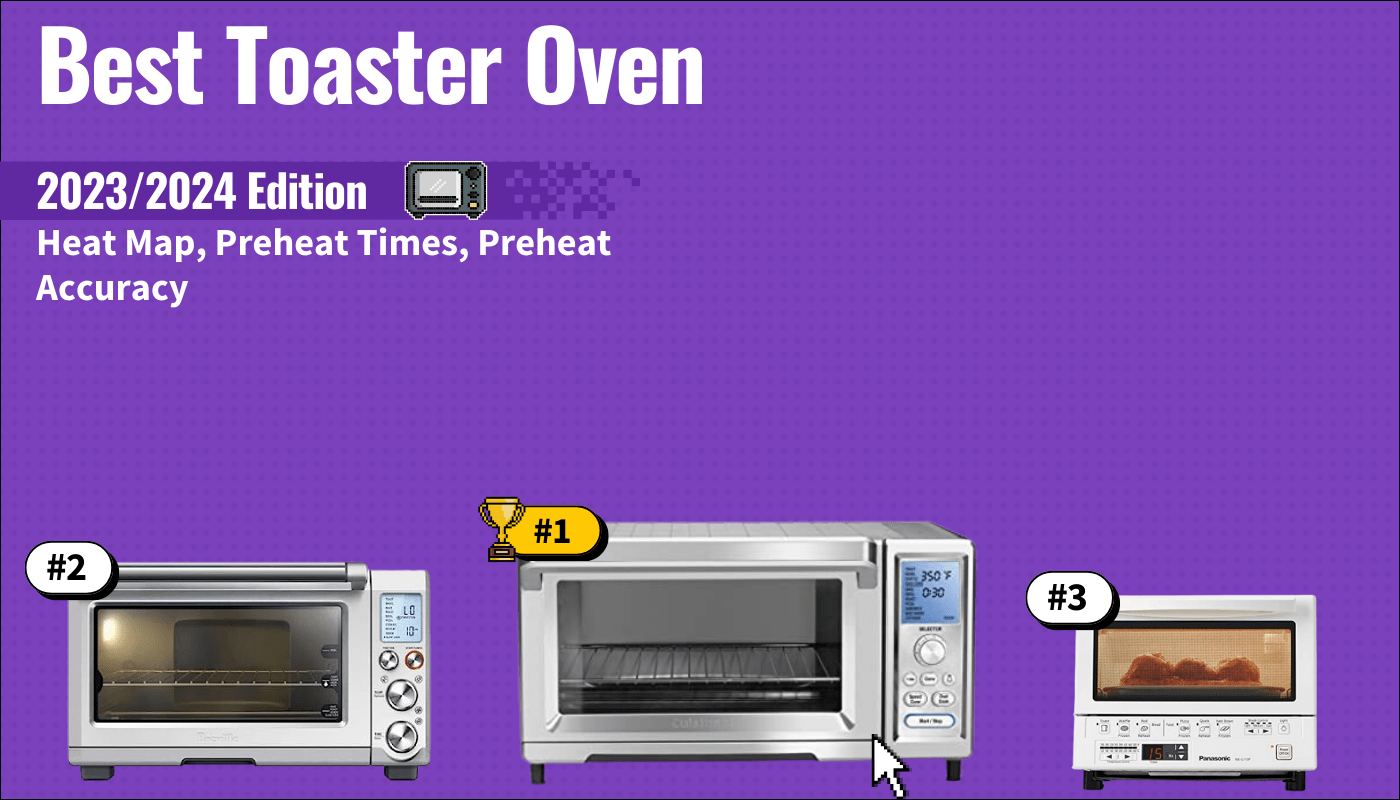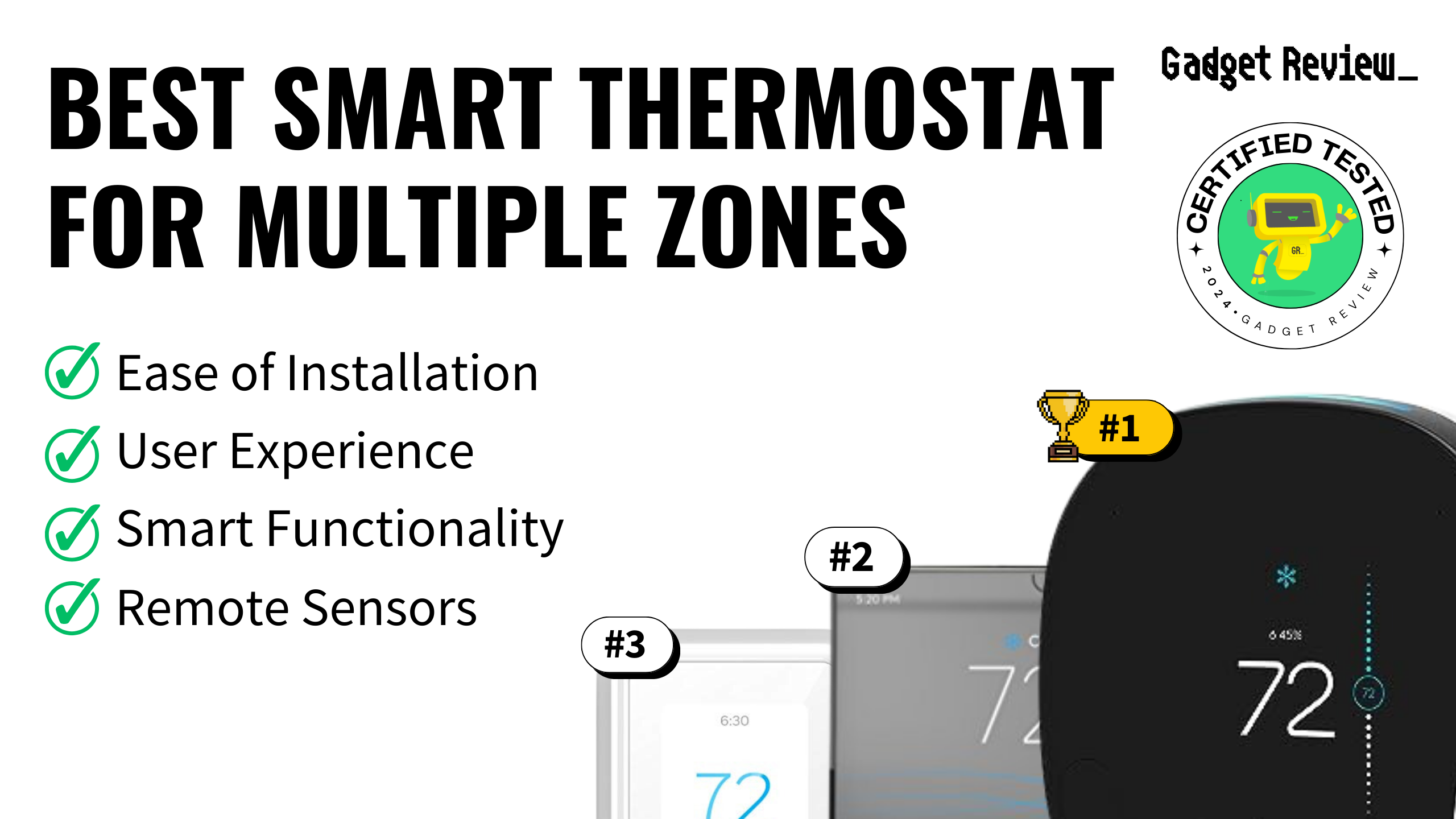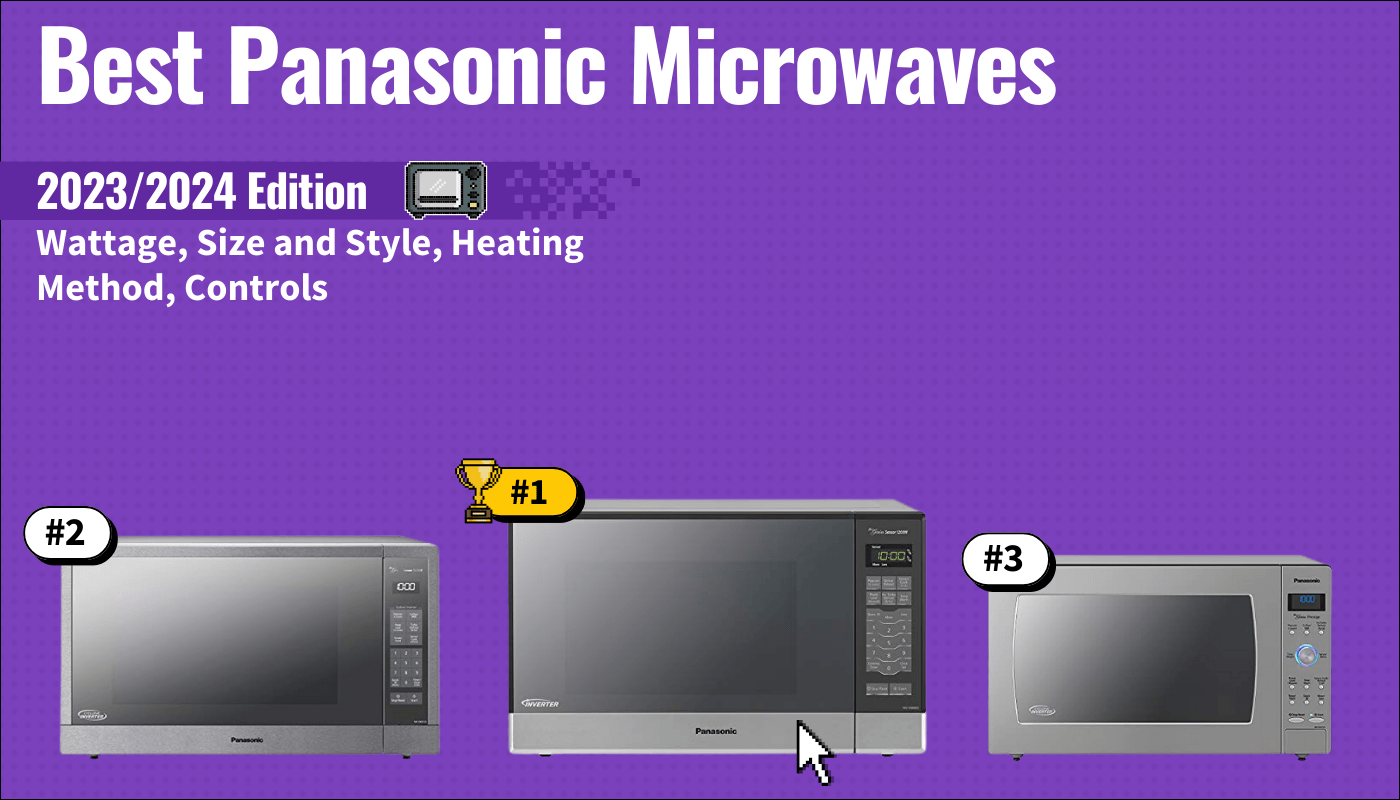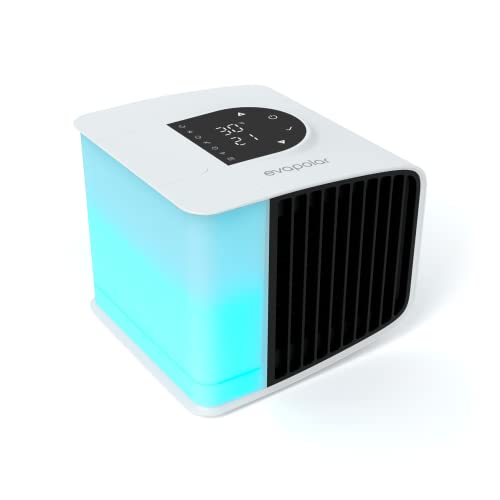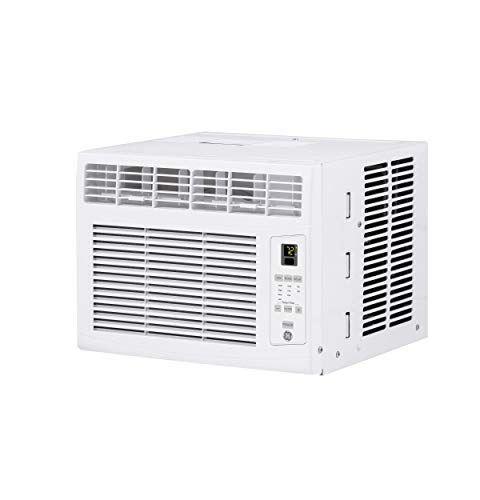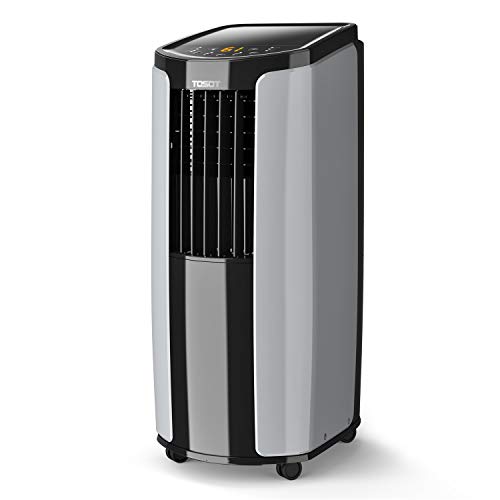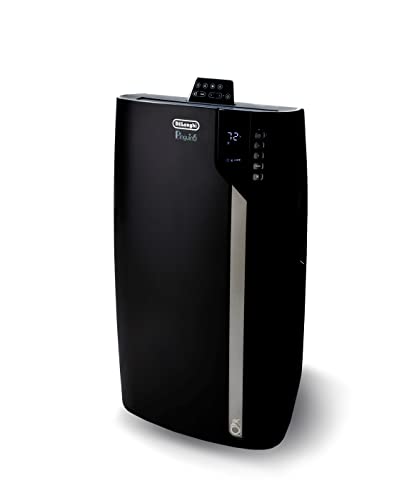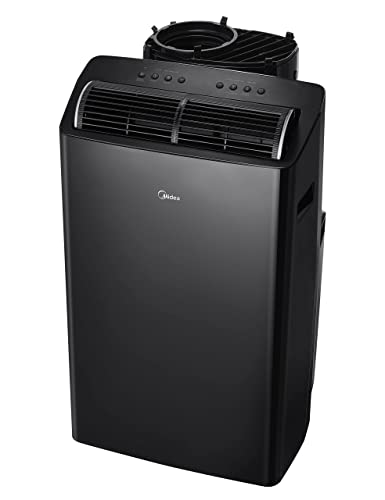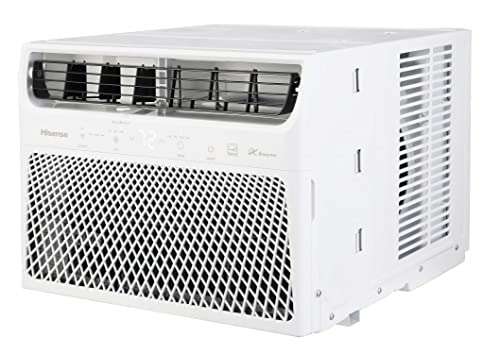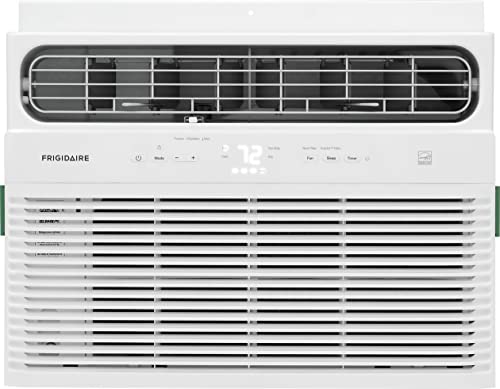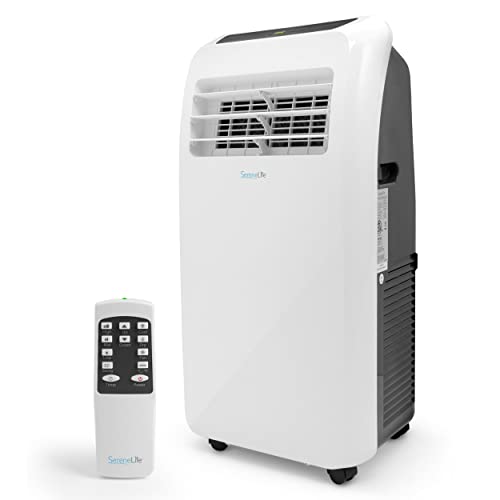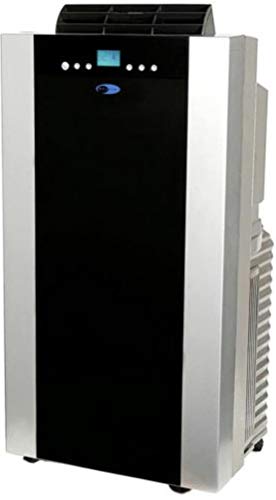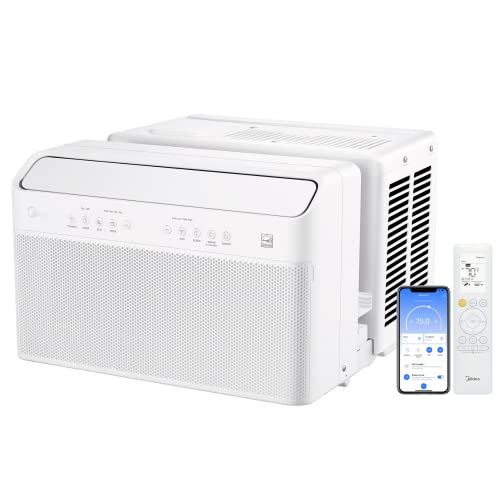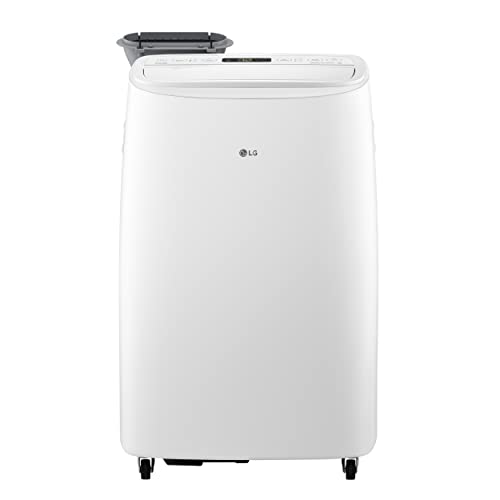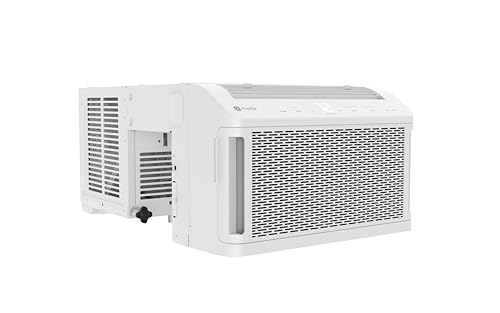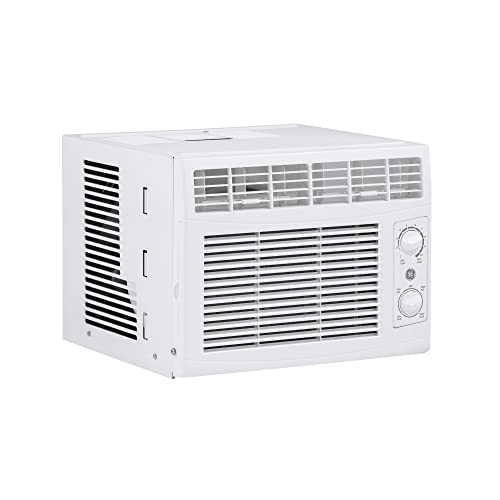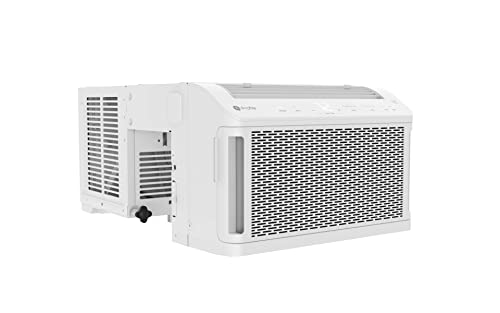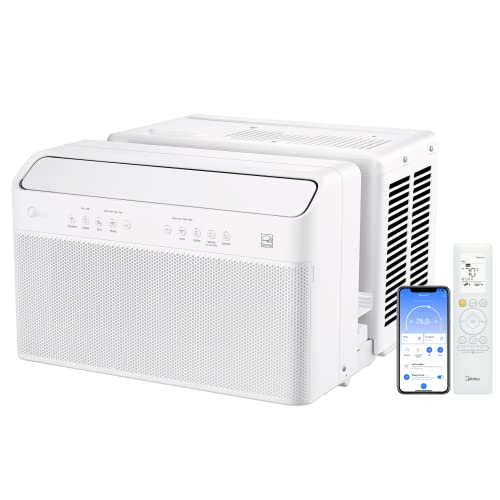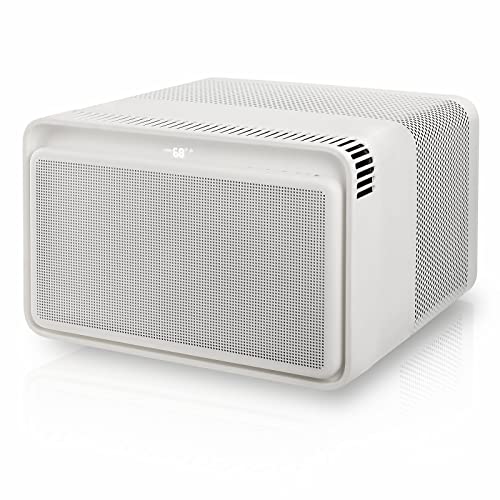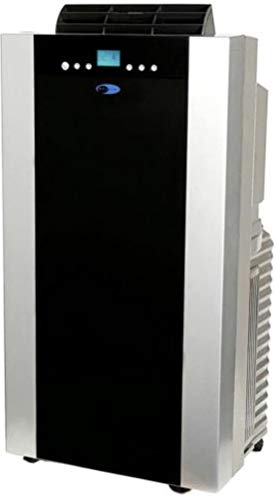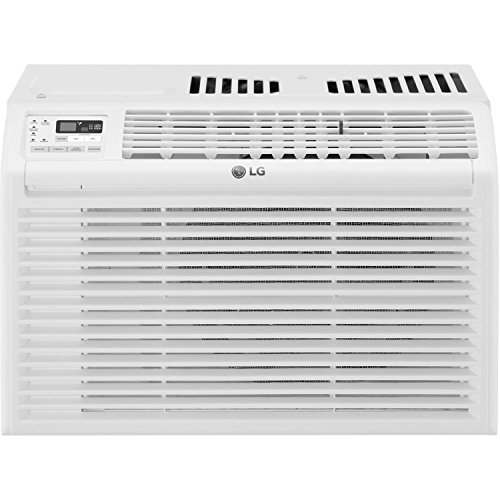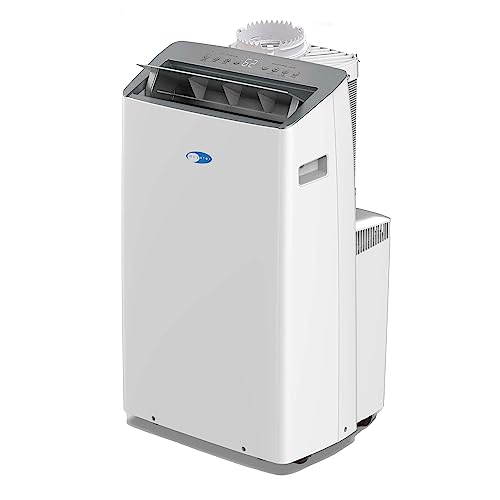Knowing how to find out the BTU on an air conditioner is essential when determining a suitable model for your house or room. Even the best air conditioner in its class won’t be effective if its BTU rating is too low. Thankfully, easy to figure out any air conditioner’s rating by checking the information on your AC unit. However, if it’s not there, keep reading to learn of other ways to locate the BTU rating.
Key Takeaways_
- You can usually find an AC unit’s BTU rating displayed on its side, along with information like safety warnings.
- Retailers and manufacturers also list BTU ratings for the models they sell on their websites.
- The BTU rating indicates the size of the room a model is best suited to cooling.
While you’re at it, you should also know how many BTUs you need for your AC, and for tech-savvy folks, you’ll want to know how to control an A/C from a mobile phone.
Also, don’t forget that these units can be heavy, so if you are moving an air conditioner to another room, grab some help to ensure you don’t hurt yourself or damage your window or the AC trying to install it.
Locating the BTU Rating on an Air Conditioner
BTU stands for British Thermal Unit, which measures an AC unit’s cooling power.
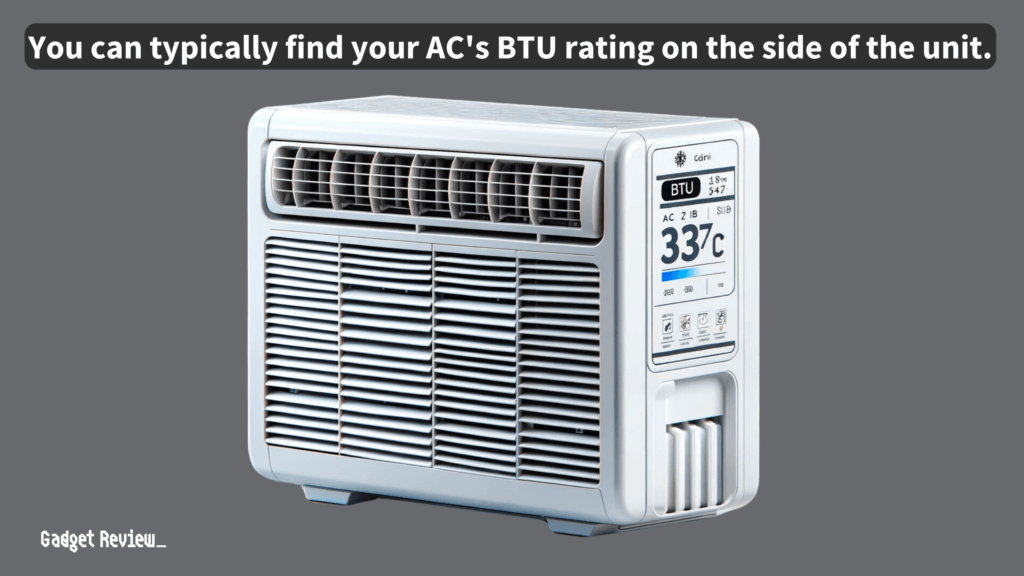
One BTU equals the amount of energy required to increase the temperature of 16oz of water by 1°F. This water will collect as the unit works, so remember to drain the water from your window A/C.
insider tip
The BTU rating of an AC unit is often found on its side.
The BTU rating of an AC unit roughly indicates the square footage that a unit can cool at maximum effectiveness and efficiency. Below is a table showing some common AC BTU ratings and the recommended room size.
| BTU Rating | Room Size (in square feet) |
|---|---|
| 5,000 BTU | Up to 150 sq ft |
| 6,000 BTU | 150 to 250 sq ft |
| 8,000 BTU | 300 to 350 sq ft |
| 10,000 BTU | 400 to 450 sq ft |
| 12,000 BTU | 450 to 550 sq ft |
Keep in mind these ratings are approximations. The ideal BTU rating will be affected by various factors such as ceiling height, the number of people that occupy the room, and more.
To go even further, an 18,000 BTU unit is meant for huge spaces of 700-1000 square feet, making it a perfect unit for larger homes with more people.
STAT: The average size of a studio apartment in the U.S. is about 500 square feet. An 8-10,00 BTU air conditioner would cool it efficiently. (source)
Once you’ve measured your area and determined the BTU rating you need, you can select a model with the cooling power to do the job.
For those needing to make more precise calculations, consider factors such as ceiling height, insulation quality, and sun exposure, which all affect the air conditioner size requirement.
When considering heating as well as cooling, it’s important to note that some ACs offer both services, ensuring a comfortable temperature year-round.
To enhance the efficiency and make your window AC colder, ensure that the filters are clean and the unit is not obstructed by furniture or curtains.
Finding the BTU Rating
Finding the BTU rating of an AC unit is easy. The first place to look is on the unit itself. Usually, the BTU rating is displayed on one side of a window unit with the model number and other essential information, like serial numbers and safety warnings.

On other unit types, you should still be able to find it without too much trouble.
If you can’t find the BTU on the unit itself, it should be listed online in the unit’s product description.
You may have to call the manufacturer with your model number if it isn’t. However, nine times out of 10, a unit’s BTU rating will be displayed on the model itself, so it’ll be a rare occurrence you’ll have to take any further steps.
Understanding the unit of measurement, BTUs per hour, is crucial for estimating how many hours it will take to reach a desired temperature.
For larger spaces that use a central air conditioner, a 3-ton unit, which is a standard unit size for residential air conditioners, may be necessary to maintain a comfortable environment.
warning
To avoid high energy costs and ensure maximum cooling efficiency, avoid using an AC unit with a BTU rating too low for your space.
The physical dimensions of the indoor unit should also be considered to ensure it fits within the allocated space, especially in the case of a window air conditioner.
Making informed decisions about the unit size involves considering all these factors to find the larger unit or perfect unit for your needs.















